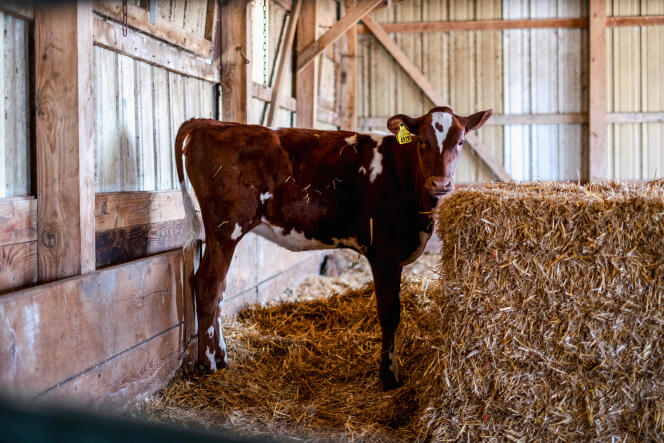


While avian flu has long been recognized as a health risk, the alert level has just been raised a notch. The increasing spread of the avian influenza virus is an "enormous concern," warned Dr Jeremy Farrar, the chief scientist of the World Health Organization (WHO), on Thursday, April 18, at a United Nations conference on communicable diseases in Geneva. "H5N1 is [an] influenza infection, predominantly started in poultry and ducks and has spread effectively over the course of the last one or two years to become a global zoonotic – animal – pandemic," said this world-renowned expert on infectious diseases.
Nine days earlier, however, the UN agency was more reassuring. It deemed the public health risk low "to the general population" and "for occupationally exposed persons the risk of infection is considered low-to-moderate," given that "the virus has not acquired mutations that facilitate transmission among humans and based on available information."
This telling change in tone reflects the experts' struggle to balance the reassuring and worrying aspects of the epizootic. First, the worrying facts. They relate to the H5N1 strain of the virus, first identified in 1996 in a wild goose in China. Since 2020, the number of affected outbreaks among wild and domestic birds has exploded, and the number of mammals affected continues to grow worldwide.
The latest species to be affected is cattle. For around a month now, the infection has been spreading in dairy farms in the United States. This is unprecedented, since, until now, these grazing animals were considered "the least sensitive mammals to avian flu viruses," according to Gilles Salvat, research director at the French Food Safety Agency (ANSES).
However, this virus evolves very quickly. The fear, Dr. Farrar stressed, is that it "develops the ability to infect humans. And then critically, the ability to go from human-to-human transmission." As yet, no avian flu virus has acquired this ability. "For this virus to be able to transmit from human to human, at least two mutations would have to occur in one of its genes, the hemagglutinin gene," explained Bruno Lina, a member of the French Committee for Monitoring and Anticipating Health Risks (COVARS).
Another reason for concern is that between January 1, 2023, and April 1, 2024, the WHO recorded 889 human cases of bird flu in 23 countries. While these cases are infrequent, they led to 463 deaths, giving a human mortality rate of 52%. However, the epidemic among dairy cows in the US has resulted in only one human infection, which was not serious: On March 27, a man working on a contaminated farm developed conjunctivitis.
You have 66.1% of this article left to read. The rest is for subscribers only.
